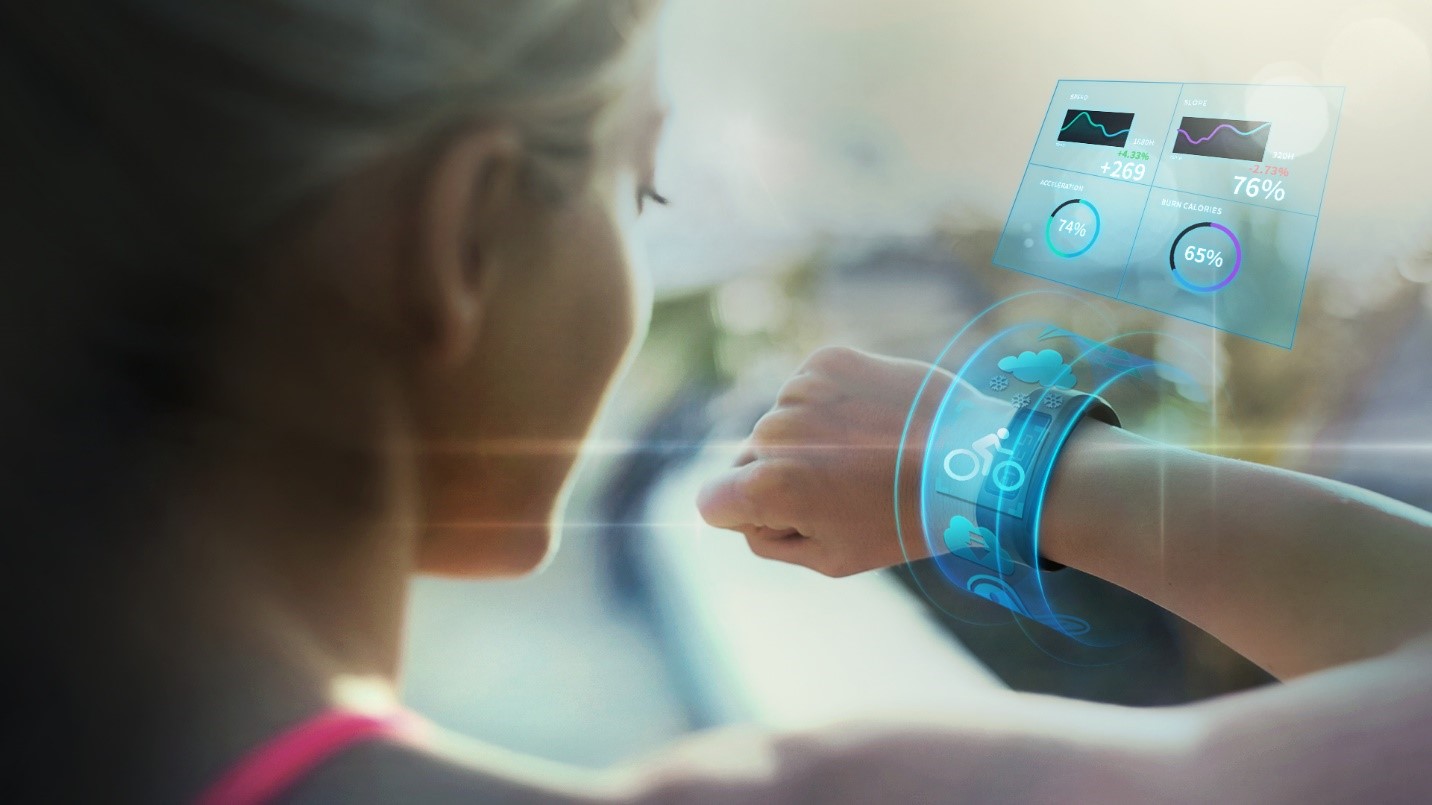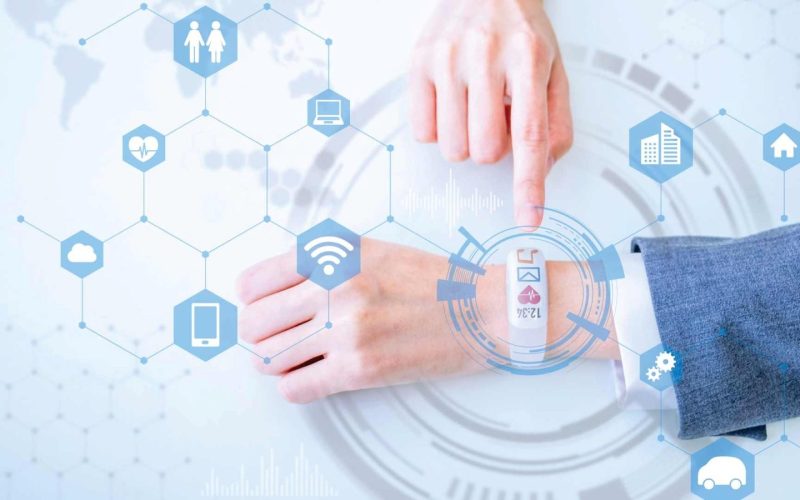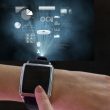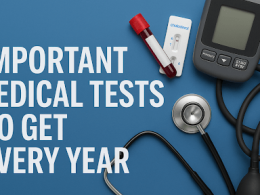The Impact of Wearable Technology on Health Monitoring
In recent years, the intersection of technology and healthcare has given rise to a revolutionary approach to health monitoring. Wearable technology, encompassing devices like smartwatches, fitness trackers, and even smart clothing, has become an integral part of modern healthcare. These devices not only enhance personal health management but also provide valuable data to healthcare providers, leading to more informed and timely medical interventions. This article explores the profound impact of wearable technology on health monitoring, highlighting its benefits, challenges, and future potential.
The Evolution of Wearable Technology
Wearable technology has come a long way since the early days of pedometers and heart rate monitors. Modern devices are equipped with advanced sensors capable of tracking a wide range of physiological parameters, including heart rate, blood pressure, oxygen saturation, sleep patterns, and even stress levels. These devices are often integrated with smartphones and cloud-based platforms, enabling seamless data collection and analysis.
Key Benefits of Wearable Technology in Health Monitoring
- Continuous Data Collection: One of the most significant advantages of wearable technology is its ability to collect health data continuously. Unlike traditional methods that rely on periodic check-ups, wearables provide real-time monitoring, offering a comprehensive view of an individual’s health status. This continuous data stream can help detect anomalies early, potentially preventing serious health issues.
- Personalized Health Insights: Wearable devices offer personalized health insights tailored to an individual’s unique physiological patterns. By analyzing data over time, these devices can identify trends and deviations, providing users with actionable recommendations. For instance, a fitness tracker may suggest adjustments to exercise routines based on heart rate variability and activity levels.
- Enhanced Patient Engagement: Wearable technology empowers individuals to take a proactive role in managing their health. With access to real-time data, users can make informed decisions about their lifestyle choices, such as diet, exercise, and sleep. This increased engagement can lead to better adherence to health and wellness programs, ultimately improving outcomes.
- Remote Monitoring and Telemedicine: Wearable technology has revolutionized remote health monitoring and telemedicine. Patients with chronic conditions can be monitored from the comfort of their homes, reducing the need for frequent hospital visits. Healthcare providers can access real-time data, enabling timely interventions and personalized treatment plans.
- Early Detection of Health Issues: Continuous monitoring allows for the early detection of potential health problems. For example, irregular heart rhythms or abnormal blood pressure readings can be identified promptly, prompting users to seek medical attention before the condition worsens. Early intervention is crucial in managing chronic diseases and preventing complications.

Challenges and Limitations
While wearable technology offers numerous benefits, it is not without challenges and limitations. Understanding these issues is essential for maximizing the potential of wearables in health monitoring.
- Data Accuracy and Reliability: The accuracy of wearable devices can vary depending on factors such as sensor quality, device placement, and user compliance. Inaccurate data can lead to incorrect conclusions and inappropriate interventions. Therefore, it is crucial to validate the accuracy of wearables through rigorous testing and calibration.
- Data Privacy and Security: The collection and transmission of health data raise concerns about privacy and security. Users must trust that their personal health information is protected from unauthorized access and breaches. Manufacturers and healthcare providers must implement robust security measures to safeguard sensitive data.
- Integration with Healthcare Systems: Seamless integration of wearable data with existing healthcare systems is essential for effective health monitoring. Interoperability between different devices and electronic health records (EHRs) can be challenging. Standardization of data formats and protocols is necessary to ensure smooth data exchange and analysis.
- User Compliance and Engagement: The effectiveness of wearable technology relies on user compliance and engagement. Some individuals may find it challenging to wear devices consistently or may lose interest over time. Designing user-friendly interfaces and providing ongoing support and motivation can help address these issues.
- Cost and Accessibility: While wearable technology has become more affordable in recent years, cost remains a barrier for some individuals. Ensuring accessibility to a broader population is crucial for maximizing the impact of wearables on public health. Policy initiatives and subsidies may be necessary to bridge this gap.
Future Potential of Wearable Technology in Health Monitoring
The future of wearable technology in health monitoring is promising, with ongoing advancements and innovations poised to enhance its capabilities further.
- Artificial Intelligence and Machine Learning: The integration of artificial intelligence (AI) and machine learning (ML) algorithms with wearable devices can significantly enhance data analysis and predictive capabilities. AI-driven insights can identify subtle patterns and correlations, leading to more accurate and personalized health recommendations.
- Advanced Sensors and Biomarkers: The development of more sophisticated sensors and biomarkers will expand the range of physiological parameters that wearables can monitor. For example, non-invasive glucose monitoring for diabetes management or continuous monitoring of specific biomarkers for early cancer detection could become a reality.
- Wearable Health Ecosystems: The concept of wearable health ecosystems involves the integration of multiple devices and platforms to provide a comprehensive view of an individual’s health. This ecosystem approach can facilitate a holistic understanding of health and wellness, enabling more effective interventions and preventive measures.
- Behavioral Health and Mental Well-being: Wearable technology is increasingly being used to monitor behavioral health and mental well-being. Devices can track stress levels, mood patterns, and sleep quality, providing valuable insights into mental health. This data can be used to develop personalized strategies for managing stress and improving overall mental well-being.
- Clinical Trials and Research: Wearable technology has the potential to revolutionize clinical trials and medical research. Continuous data collection from wearables can provide researchers with a wealth of real-world evidence, leading to more accurate and comprehensive studies. This can accelerate the development of new treatments and interventions.
Conclusion
Wearable technology has emerged as a powerful tool in health monitoring, offering continuous data collection, personalized insights, and enhanced patient engagement. While challenges such as data accuracy, privacy, and integration with healthcare systems exist, ongoing advancements and innovations hold great promise for the future. As wearable technology continues to evolve, it has the potential to transform healthcare by enabling proactive and personalized health management, ultimately improving outcomes and quality of life for individuals worldwide.












